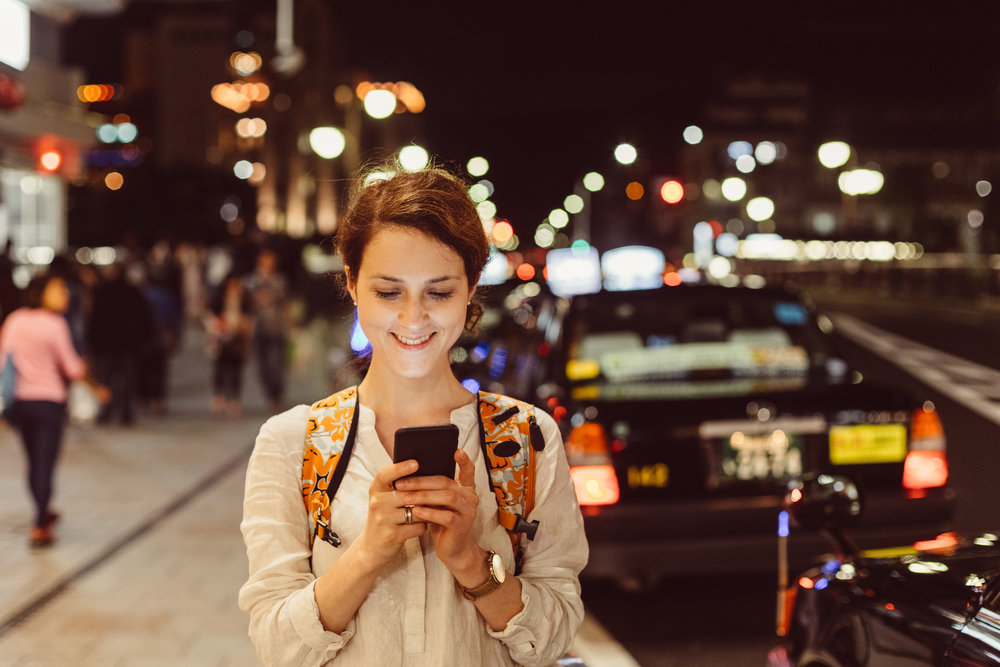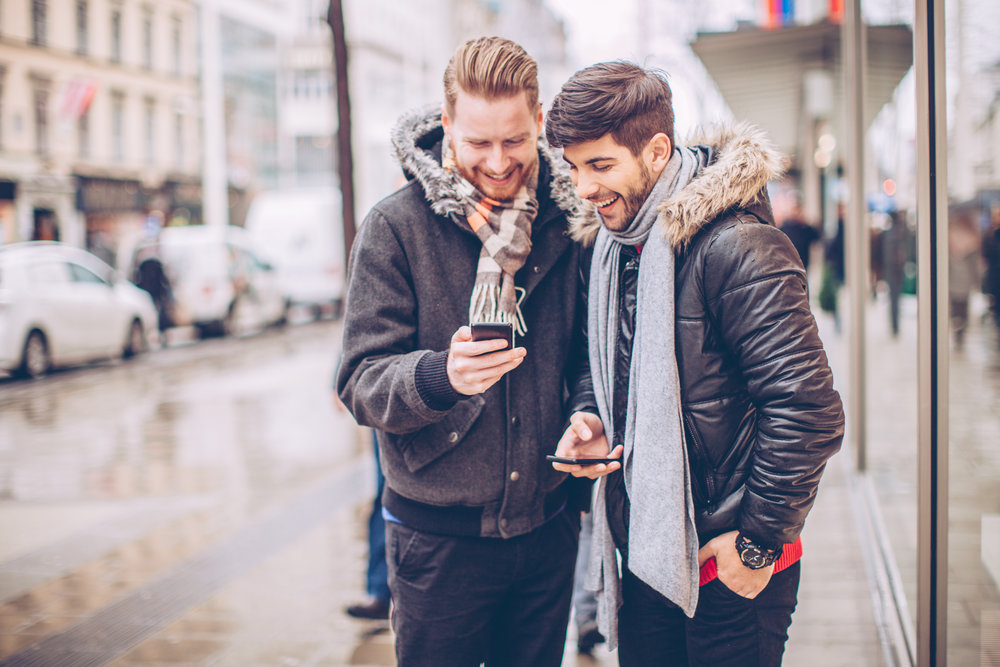Wasp Barcode Technologies: The Barcode Solution People
How Uber Transformed More Than Just Transportation

It’s been said that 2017 will be the year that
retail begins to undergo “Uberization.” In a few short years, Uber has gone from simply a new take on calling a car to shorthand for completely overhauling an industry, particularly from a mobile perspective. So what does it mean for retail to be Uberized? How can it move boldly into the future?
Essentially, retail’s Uberization will be how the industry as a whole upends the traditional ways that stores have designed their brick-and-mortar locations, organized their supply chain and marketed themselves. The car service industry was ripe for disruption in the late 2000s—and retail has been long overdue for a change as well.
[su_divider top="no" size="2"]
[su_divider top="no" size="2"]
As for why that is: The decline of traditional retail is obvious to anyone who used to “go shopping” at the mall and now orders whatever they need (as well as things they probably don’t) from the Amazon app on their smartphone—perhaps from their bed, the bar or anywhere else the urge strikes. E-commerce has
hurt the revenues of traditional retail outlets, like department stores.
[Tweet "The decline of traditional retail is obvious to anyone who used to “go shopping” at the mall."]
Yet the typical response from retail stores has been to cut costs in ways that hurt them in the long run.
Research from Green Street Advisors says department stores need to close about 800 locations if they want to regain their old productivity; but
Bain & Co.’s analysis shows that closing physical locations can create a 20% drag on e-commerce sales.

Instead of resorting to cost-cutting methods that also cut growth, here are a few ways retail can embrace Uberization and retool itself for the future.
Encourage mobile payments and interactions
It’s getting easier than ever to pay for what you want to buy at a physical store, thanks to payment apps like Apple and Android Pay, improved credit card technology, and so on. But waiting in line to check out is still a pain, and feels like a holdover from a bygone area. Amazon recognized that and did away with the cashier entirely in their new
Amazon Go supermarket; other retail stores will have to recognize this and respond accordingly.
Allowing customers to pay for their purchase at any time, in any part of the store, and then walk out—perhaps with the use of an app, like Amazon will do wonders for improving the in-store experience. Stores can also take advantage of the propensity for shoppers to remain on their phones during their shopping experience (hunting the web for deals on the item they see in-store, for example) by offering mobile discounts and other promotions.
Turn physical stores into marketing opportunities and/or fulfillment centers
The very purpose of physical stores—which, as seen above, provide value even to e-commerce channels—may have to change. Going forward, rather than keeping tons of inventory on-hand to sell (or not sell) to passing customers, stores can consider other possibilities.
For example, clothing stores may have a few of each item in stock—just enough for customers to try on and purchase—and then send the item to the customer’s home later that week, or even day, from another location. Kitchenware stores could host cooking demonstrations; book stores, more talks and discussions with authors and experts. Giving shoppers a reason to visit the store personally is both more fun and
usually more lucrative for the business.
Another change to physical locations we’re already seeing more of is turning them into mini-fulfillment centers: Best Buy and Target have both bulked up on shipping to customers directly from their stores
or from rapid distribution centers to compete with Amazon. Others, like Wal-Mart, have encouraged ship-to-store options that encourage customers to visit the store in-person and perhaps encourage more buying.
 Use real-time data to speak to customers
Use real-time data to speak to customers
Uber is all about real-time data: it’s how they provide people access to rides in their vicinity. Retail stores need to use real-time data about the shoppers already in their stores to better cater to their wants and needs. Knowing what a customer has previously purchased at your store, how much they spent, how they liked their item delivered and how they interacted with previous customer service representatives will help that company instantly cater to their needs.
Create instant gratification opportunities
There is great satisfaction in pushing a button and knowing a ride is coming to your exact location. Millennials are an instant-gratification generation (though this is probably true of just about everyone)—they don’t want to wait to know a purchase has been made. Giving people the option to instantly (or even faster than that—simply walking out of the store, with the knowledge you’ll be billed later) buy and move on with their day would be a huge boon to brick-and-mortar shops.
This is
a form of disintermediation, or removing the middlemen from a process. Uber did this with car service dispatches, connecting people to their drivers directly; retailers can also cut through the malaise with more direct sales to consumers.
Identify unused assets and use them effectively
If “Uberization” is a phrase we’re using now, “Uber-for-X” is another. It’s about identifying previously unused assets across a variety of industries—from fashion to private jets—and monetizing them in ways that were previously impossible. “Rent The Runway” is a great example: This service allows consumers to rent, for a few days at a time, a dress or other piece they would previously have no interest in buying (or, perhaps more accurately, not enough money to buy outright).
Retail companies who have overestimated
their inventory needs and now have excess items wreaking havoc on their inventory turnover ratio could consider inventive ways to make money off items that would, in previous years, need to be massively marked down or disposed of altogether. The use of automated inventory management software would make a system of constant rotation and return feasible and profitable.
In all, Uberization is about finding new ways to get products and services into the hands of customers. Traditional car services lacked a lot of the perks of modern, internet-driven life—such as transparency, accountability, safety and dynamic pricing—and were overtaken accordingly. Retail is soon to head down the same path, and it’ll take the adoption of emerging and even existing technologies, from mobile payment apps to automated inventory management, to stay competitive in a changing but ever-relevant marketplace.





